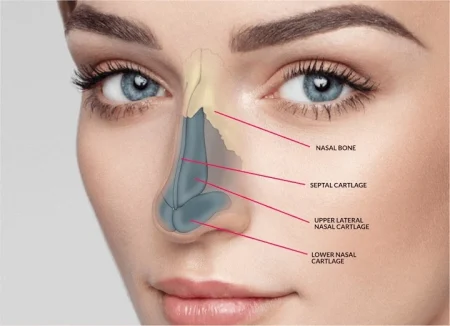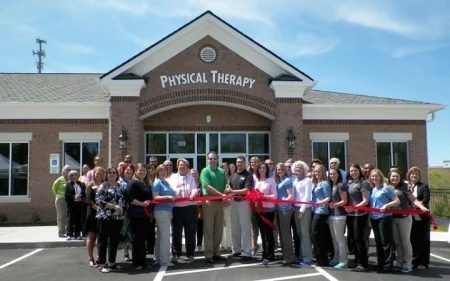Living with carpal tunnel syndrome doesn’t mean giving up your active lifestyle. Whether you’re a runner, a yoga enthusiast, or someone who simply enjoys staying busy, finding the right treatment can help you stay on track without compromising comfort or mobility.
Let’s explore how to choose a carpal tunnel treatment that fits your pace, your goals, and your everyday routine.
Understanding Your Symptoms and Activity Level
Before choosing a treatment, it’s important to understand how carpal tunnel affects your body. Symptoms like tingling, numbness, and wrist pain can vary depending on how often you use your hands and how intense your activities are. If you’re constantly typing, lifting, or gripping, your symptoms may flare up more often. That’s why your treatment should match your lifestyle—not just your diagnosis.
Active individuals need solutions that don’t slow them down. Treatments should offer relief without limiting movement. Whether you’re training for a marathon or juggling work and home tasks, your hands need to stay functional and pain-free. Knowing your activity level helps you narrow down options that support—not restrict—your daily rhythm.
Choosing Wrist Braces That Support Movement
Wrist braces are one of the most common treatments for carpal tunnel syndrome. But not all braces are created equal. For active users, flexibility and breathability matter just as much as support. Look for braces made with lightweight materials that allow airflow and don’t trap heat. Adjustable straps are also key—they let you customize the fit and avoid unnecessary pressure.
Some braces are designed for nighttime use, while others are built for daytime wear. If you’re active during the day, choose a brace that stabilizes your wrist without locking it in place. This helps reduce strain while still allowing you to move freely. A good brace should feel like a helpful guide, not a rigid cage.
Exploring Carpal Tunnel Strips for On-the-Go Relief
If you’re looking for a low-profile option, carpal tunnel strips might be the answer. These adhesive strips are designed to support the wrist and reduce pressure on the median nerve. They’re discreet, easy to apply, and ideal for people who don’t want to wear bulky gear. Many athletes and busy professionals prefer strips because they blend into daily life without drawing attention.
These strips can be a great carpal tunnel treatment for those who need flexibility and freedom. They’re especially useful during workouts, long drives, or extended typing sessions. While they don’t offer the same level of support as braces, they provide gentle reinforcement that can make a noticeable difference. If you’re constantly on the move, strips may be the perfect fit.
Considering Physical Therapy for Long-Term Strength
Physical therapy is a proactive way to treat carpal tunnel syndrome. It focuses on strengthening the muscles around your wrist and improving flexibility. For active individuals, this approach can be empowering. Instead of just managing symptoms, you’re building resilience and preventing future flare-ups.
Therapists often recommend stretches and exercises that target the wrist, forearm, and shoulder. These movements can be done at home or in a clinic, depending on your schedule. Over time, physical therapy can improve circulation, reduce inflammation, and restore function. It’s a long-term investment in your health and mobility.
Evaluating Lifestyle Changes That Support Recovery
Sometimes, small changes make a big impact. Adjusting your posture, taking regular breaks, and using ergonomic tools can help reduce wrist strain. If you’re active, think about how your routines affect your hands. Are you gripping weights too tightly? Is your keyboard positioned correctly? These details matter.
Lifestyle changes don’t mean giving up your favorite activities. They mean doing them smarter. By listening to your body and making thoughtful adjustments, you can stay active while protecting your wrists. Recovery isn’t just about treatment—it’s about creating habits that support healing.
Talking to a Specialist About Personalized Options
If your symptoms persist or worsen, it’s time to talk to a specialist. A hand therapist, orthopedic doctor, or neurologist can help you explore advanced options like corticosteroid injections or surgery. These treatments aren’t for everyone, but they can be life-changing for those with severe cases.
A specialist will consider your lifestyle, goals, and medical history before recommending a plan. They’ll help you weigh the pros and cons of each option and guide you toward a solution that fits your needs. Personalized care is the key to lasting relief.
Choosing the right carpal tunnel treatment doesn’t mean slowing down. It means finding tools that help you move with confidence. Whether you prefer braces, strips, therapy, or a combination of approaches, the goal is the same: to stay active, feel better, and take control of your health.
With the right support, you can keep doing what you love—without pain holding you back.








